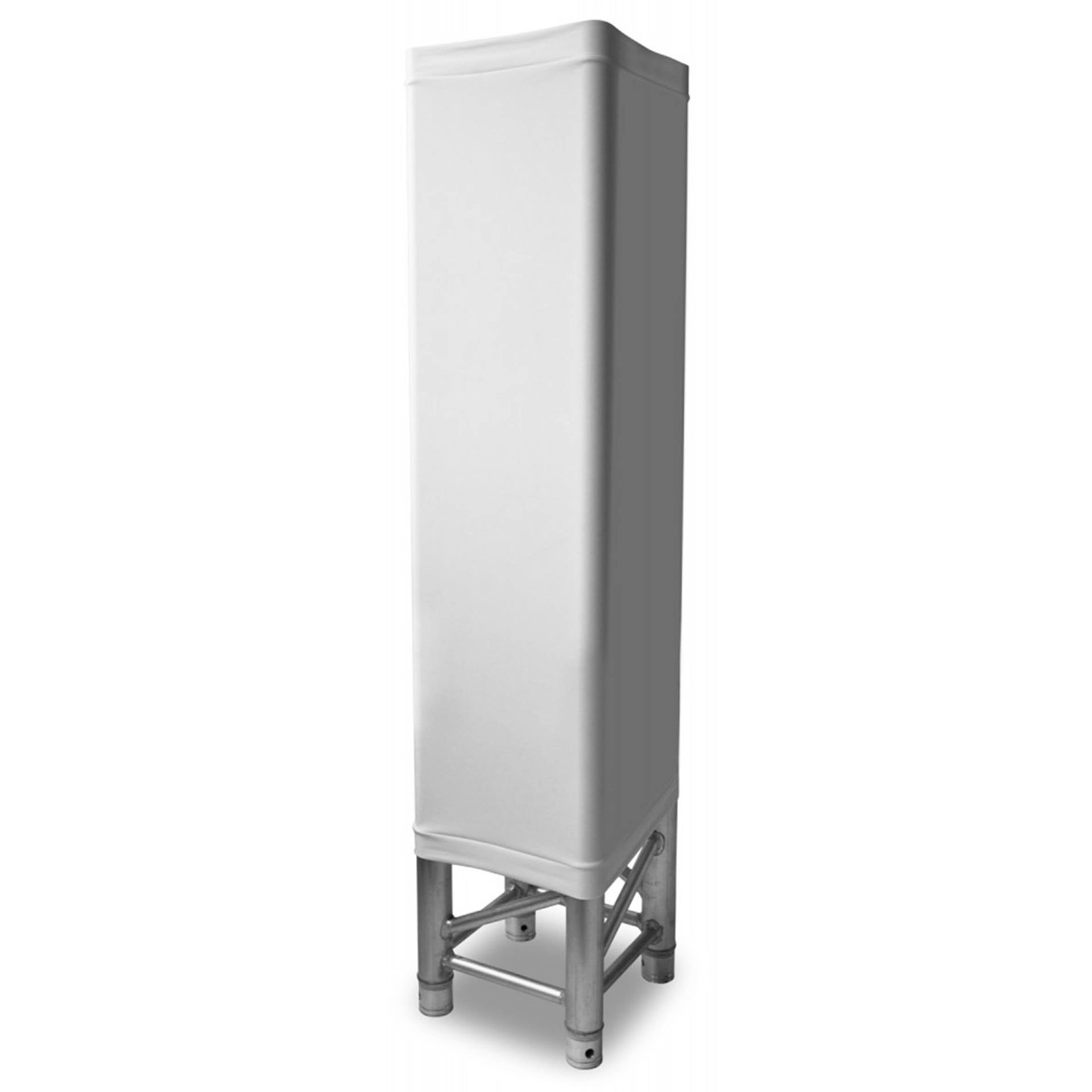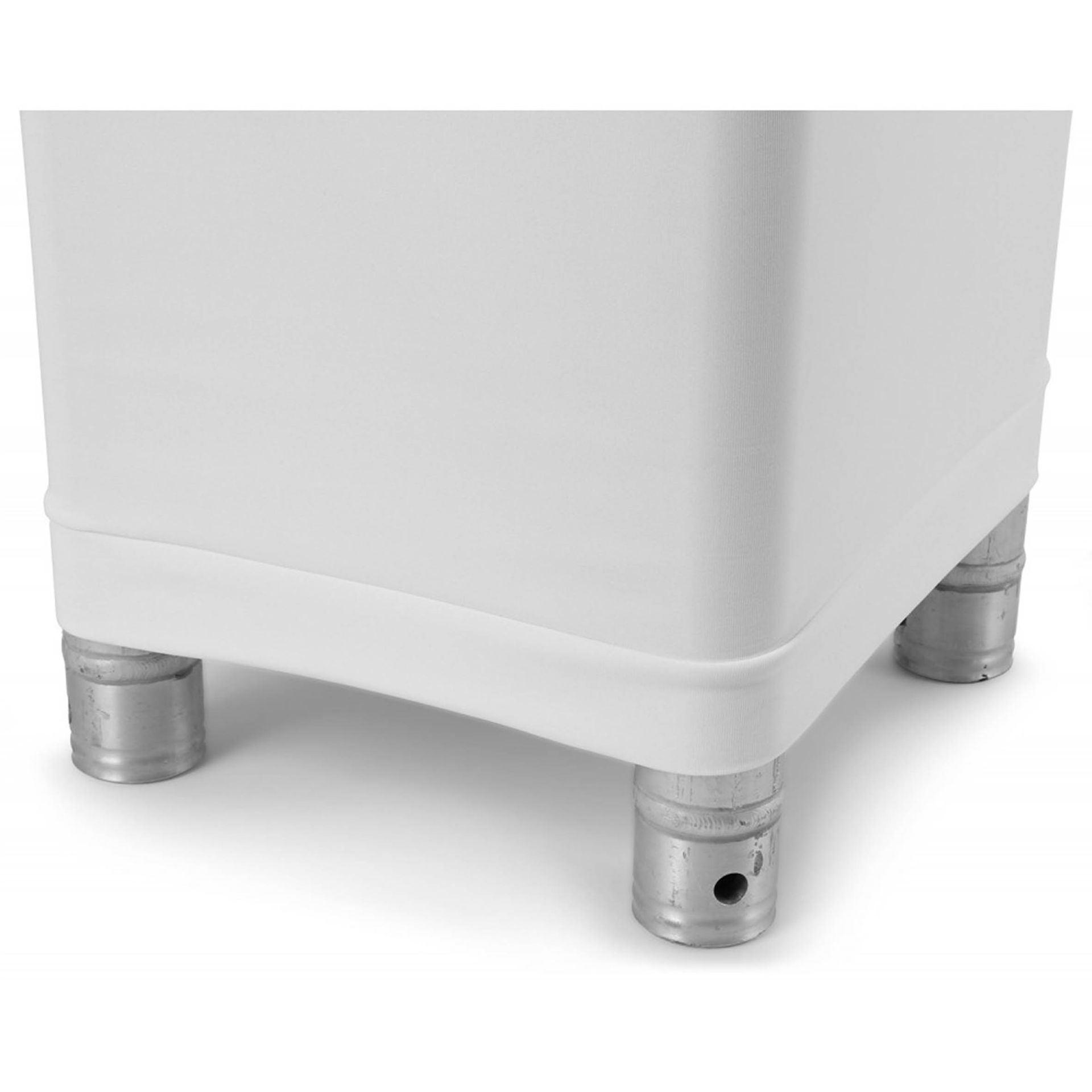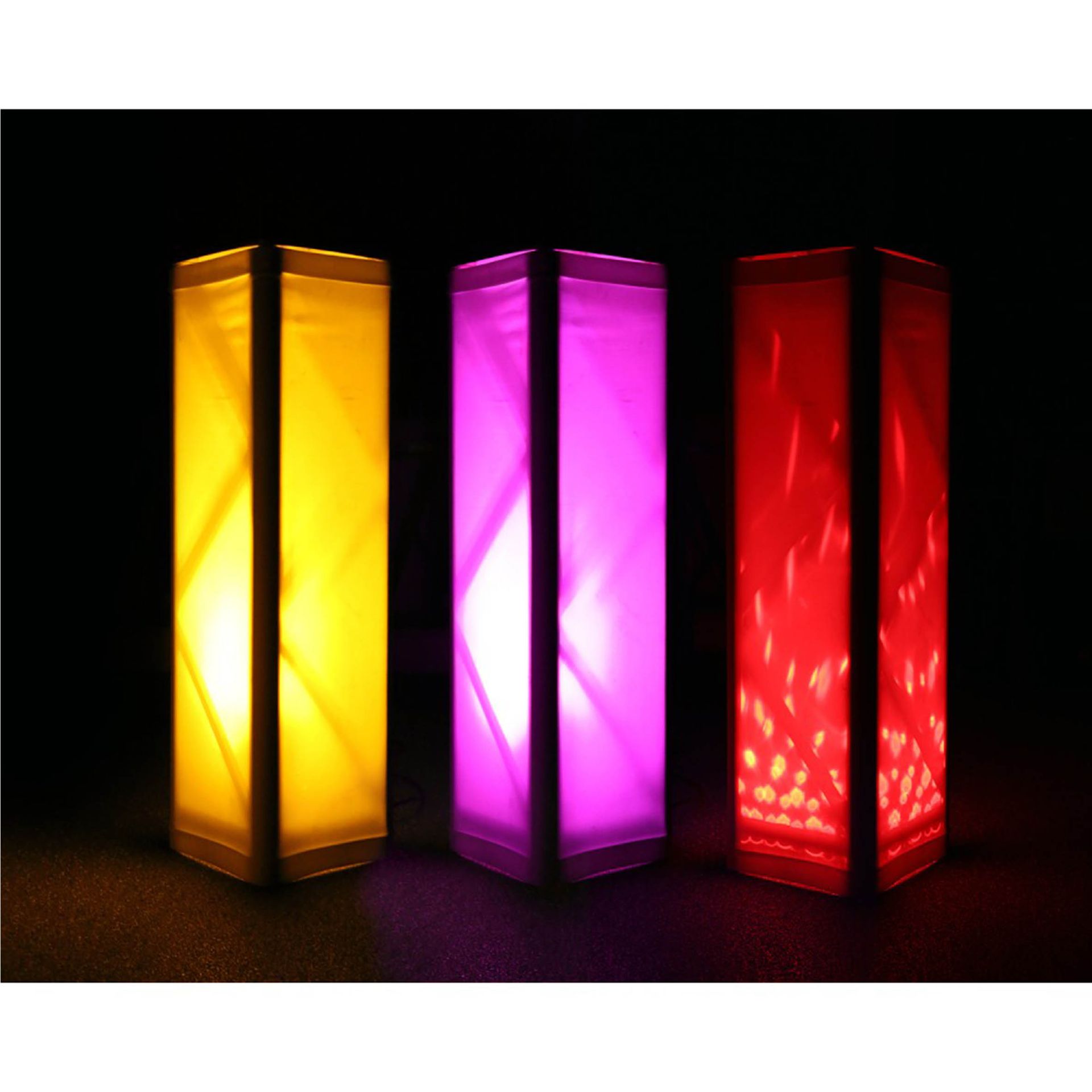Introduction
In the world of live events, from concerts and festivals to corporate functions and exhibitions, trussing plays a critical role in creating the necessary infrastructure to support lighting, audio equipment, video screens, and more. Trussing is not just a functional element; it also adds a professional and polished look to the event setup. This article explores the importance of trussing in event production, detailing its various uses and the benefits it offers.

What is Trussing?
Trussing refers to a framework of metal (usually aluminum) that is used to support and suspend equipment and structures at events. It typically consists of beams connected together in various configurations, creating a strong and stable support system. Trussing is essential for safely and effectively rigging lighting, sound systems, and other event equipment.
Key Features of Trussing
Durability and Strength
One of the most critical aspects of trussing is its ability to support heavy loads over extended periods.
- High Load Capacity: Trussing systems are designed to hold significant weight, making them ideal for suspending lighting fixtures, LED screens, speakers, and other equipment.
- Aluminum Construction: Most trussing is made from aluminum, which is both lightweight and incredibly strong, ensuring that it can withstand the rigors of event production.

Versatility in Design
Trussing is highly versatile and can be configured in various ways to suit different event needs.
- Modular Components: Truss systems are modular, meaning they can be easily assembled, disassembled, and reconfigured to fit the specific requirements of each event.
- Customizable Shapes and Sizes: Whether you need a simple archway, a full stage rig, or an elaborate structure for a large-scale event, trussing can be customized to create the perfect setup.
Safety and Stability
Safety is paramount in event production, and trussing provides a secure and stable platform for suspending heavy equipment.
- Rigging Safety Standards: Trussing systems adhere to strict safety standards, ensuring that they provide a reliable support structure that minimizes the risk of accidents.
- Secure Connections: The components of a truss system are designed to lock securely in place, providing a stable framework that can handle dynamic loads, such as moving lights or video walls.
How Trussing is Used at Events
Supporting Lighting Equipment
One of the primary uses of trussing at events is to support lighting fixtures, which are crucial for setting the mood and atmosphere.
- Lighting Rigs: Trussing is often used to create overhead rigs that hold multiple lighting fixtures, allowing for dynamic lighting designs that enhance the visual impact of the event.
- Spotlights and Moving Heads: Heavy lighting equipment, such as spotlights and moving heads, can be securely mounted on trussing, providing the flexibility to position lights exactly where they are needed.

Creating Stage Structures
Trussing is also used to create the structural framework for stages, ensuring that they are both visually appealing and functional.
- Stage Roofs and Canopies: For outdoor events, trussing can be used to construct stage roofs and canopies that protect performers and equipment from the elements while providing a solid base for rigging.
- Backdrops and Set Pieces: Trussing is ideal for supporting backdrops, screens, and other set pieces, helping to create a professional and immersive stage environment.
Supporting Audio and Video Equipment
In addition to lighting, trussing is essential for suspending audio and video equipment, ensuring optimal sound and visual coverage.
- Speaker Arrays: Line arrays and other speaker systems can be mounted on trussing to provide clear and powerful sound that reaches every corner of the venue.
- Video Screens and Projectors: Trussing provides a stable platform for mounting video screens, projectors, and LED walls, ensuring that visual content is displayed clearly to the audience.
Enhancing Event Aesthetics
Beyond its functional uses, trussing can also be a key design element that enhances the overall aesthetics of the event.
- Decorative Truss Structures: Trussing can be used to create decorative arches, entryways, and other architectural elements that add to the visual appeal of the event space.
- Illuminated Trussing: Truss structures can be illuminated with LED lighting, turning them into eye-catching design features that contribute to the event’s ambiance.
Conclusion
Trussing is a critical component of event production, offering the strength, versatility, and aesthetic appeal needed to support lighting, audio, and video equipment. Whether you’re planning a small corporate event or a large outdoor concert, trussing provides the foundation for a successful and visually stunning setup.